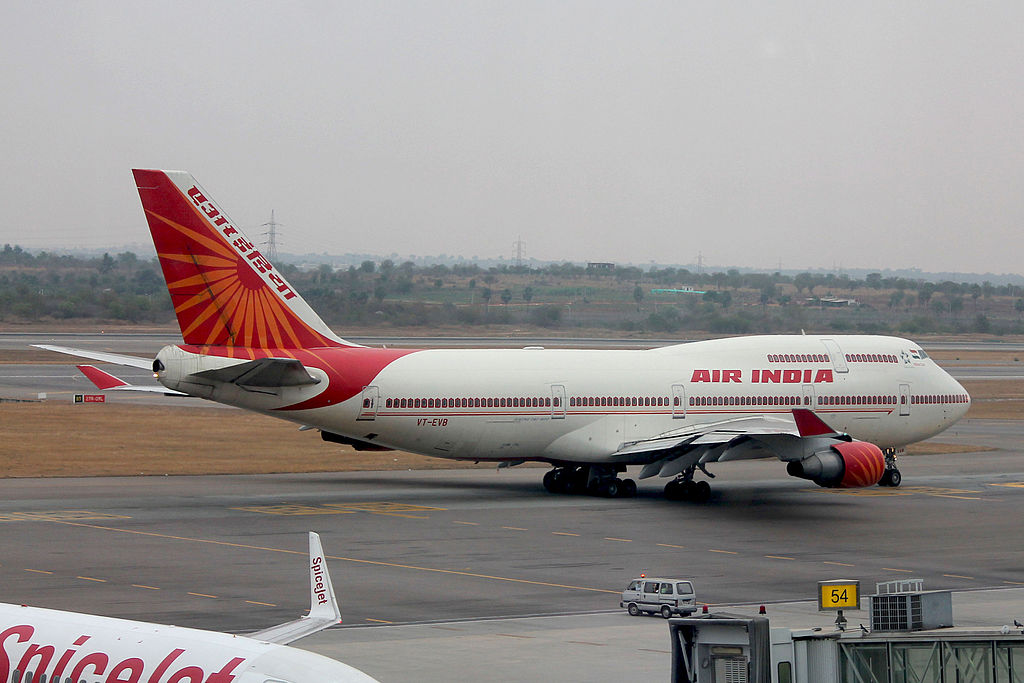
Govt insistence on BSNL/MTNL revival flies in face of Air India logic

It is an abiding mystery that the Modi government, in its second tenure, wants to exit the business of flying by selling off Air India (AI) but wants to cling to the business of telephony. Plans for the sale of AI, which is wholly owned by the government and has been posting losses for at least a decade, are underway. The logic behind the disinvestment is that the domestic airline business is dominated by private airlines as AI has been pushed down the pecking order and continues to pile on losses. The government has finally set aside security concerns and of connectivity to the hinterland suffering if the industry is left exclusively to private players.
But in the case of telecom, all these arguments have fallen on deaf ears. The government has once again asserted its desire to revive the ailing telecom companies BNSL and MTNL.
We want to revive BSNL and MTNL as I feel that presence of these PSUs in this sector is important. I want to tell both PSU that they must also respond of my efforts to revive them with professional and competitive attitude: @rsprasad
— RSPrasad Office (@OfficeOfRSP) June 3, 2019
Communications minister Ravi Shankar Prasad tweeted, “We want to revive BSNL and MTNL as I feel that presence of these PSUs in this sector is important. I want to tell both PSUs that they must also respond of my efforts to revive them with professional and competitive attitude”.
There have been reports of a ₹13,000-crore revival package being readied for BSNL, which includes money for a VRS scheme and allocation of 4G spectrum.
Why divergent viewpoints in the two instances — Air India and BSNL/MTNL — make little sense is apparent from the following statistics. BSNL and MTNL, the two central public sector enterprises (CPSEs), made the maximum losses among 339 such enterprises in 2017-18, ahead of AI. And like the airline, they have been posting losses for at least a decade. They accounted for just about 5 per cent of the gross revenue in the wireless telecom industry by March 2019, with private telecom players ruling the roost. In the fixed line telephony pie, the two continue to dominate but here too, their share is declining.
As per the Public Enterprises Survey for 2017-18, BSNL accounted for 25 paise for every rupee of total loss across 339 CPSEs in 2017-18. Together with MTNL, the two CPSEs accounted for 35 per cent of the total losses when AI accounted for just 17 per cent of losses. The two telecom CPSEs are a bigger drag on the exchequer than AI and together, these three CPSEs brought in 52 paise of each rupee of loss for all CPSEs taken together in 2017-18.
According to this government reply in Lok Sabha, BSNL was expected to post a full year net loss of ₹7,992 crore in 2017-18 or almost ₹22 crore every single day. This is the second highest loss figure in a decade for BSNL. Not only has loss spiked, the indebtedness of BSNL has also increased by almost ₹7,500 crore between FY16 and FY18. As for MTNL, its loss increased by about ₹1,000 crore in the same two year period, from ₹2,005.74 crore to ₹2,970.65 crore. Its debt also rose.
How dismal the position of the two CPSEs is can be gauged from this analysis of the annual gross revenue (AGR) of telecom companies by brokerage Emkay:
1) BSNL and MTNL together commanded only 5.1 per cent annual AGR market share last fiscal, as Reliance Jio Infocomm lead with 35.3 per cent. In other words, the two CPSEs had an insignificant share of the AGR while private entities lead by RJio ruled the market.
2) In terms of quarterly gross revenue, Q4FY17 (January-March 2017) for BSNL was ₹2,209.7 crore but by Q4 FY19 (in 24 months), it had fallen to ₹1,263.5 crore, a decline of 43 per cent. For MTNL, quarterly gross revenue fell from ₹15.21 crore in Q4 FY17 to ₹7.21 crore in Q4 FY19. This means gross revenue for MTNL more than halved in two years and the decline shows how the financial performance of both telecom PSUs worsened during the Modi government’s first tenure.
4) The decline in yearly gross revenue for BSNL has also been stark through the first term of the government. It fell by 51 per cent or by over ₹4,000 crore to ₹5,058.9 crore in FY 19 (₹9,549.4 crore in FY15). The decline in one year alone, from FY18 to FY19 was a little over 20 per cent or by a fifth when industry gross revenue decline in the same one year period was just 7.4 per cent. For MTNL, gross revenue fell from ₹792.5 crore in FY15 to ₹390.6 crore in FY19.
But despite these financial pitfalls, the government continues to support the two telecom CPSEs. The predominant narrative is the security implication in letting the two telecom CPSEs being run by private parties, the danger to increasing penetration of telephony in remote areas and the massive job loss any disinvestment would entail. BSNL had more than 1.7 lakh employees in 2018 whereas MTNL had 25,191 employees as of March 31 that year.
For the first time in its history, worsening financials forced BSNL to delay salaries twice this year — and it is now believed to be pushing back vendor payments too. As the government looks to continue support to the two CPSEs, taxpayers should resign themselves to continued funding of losses of BSNL and MTNL.


